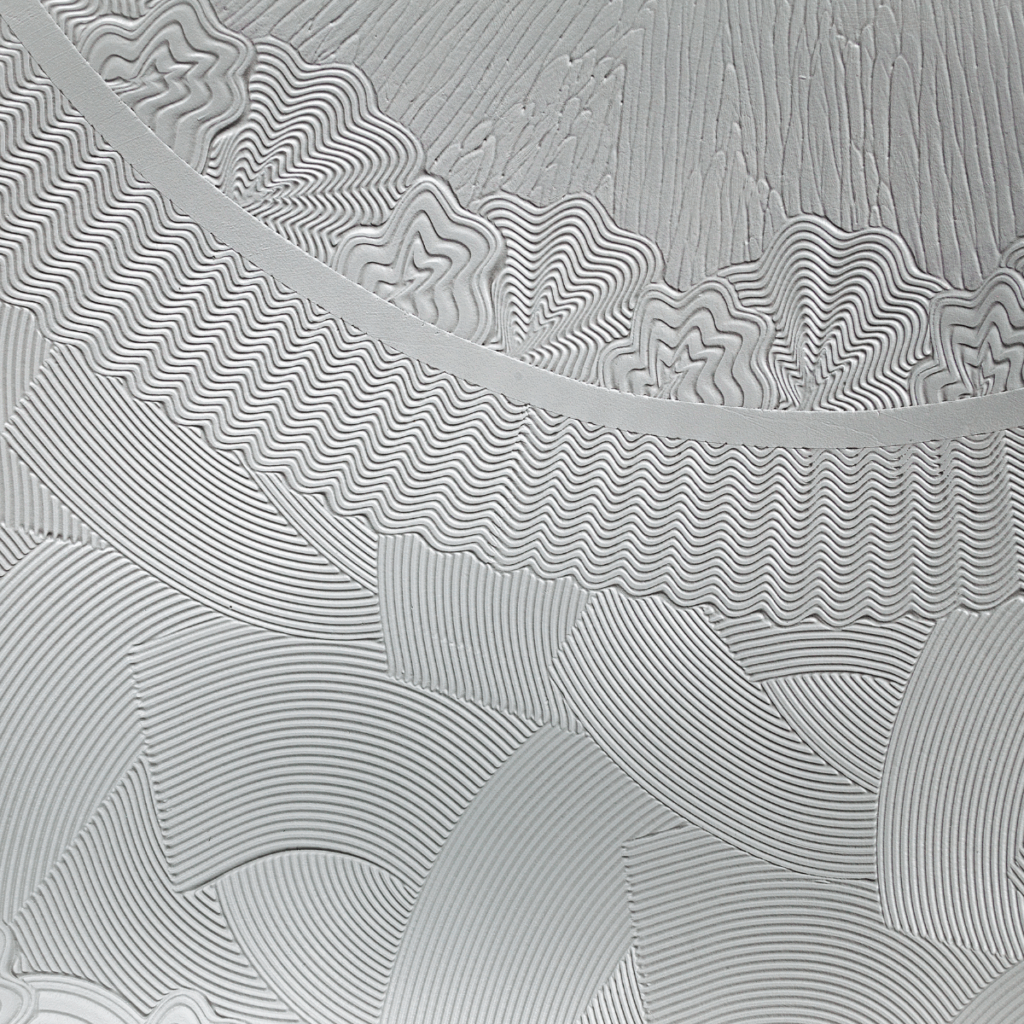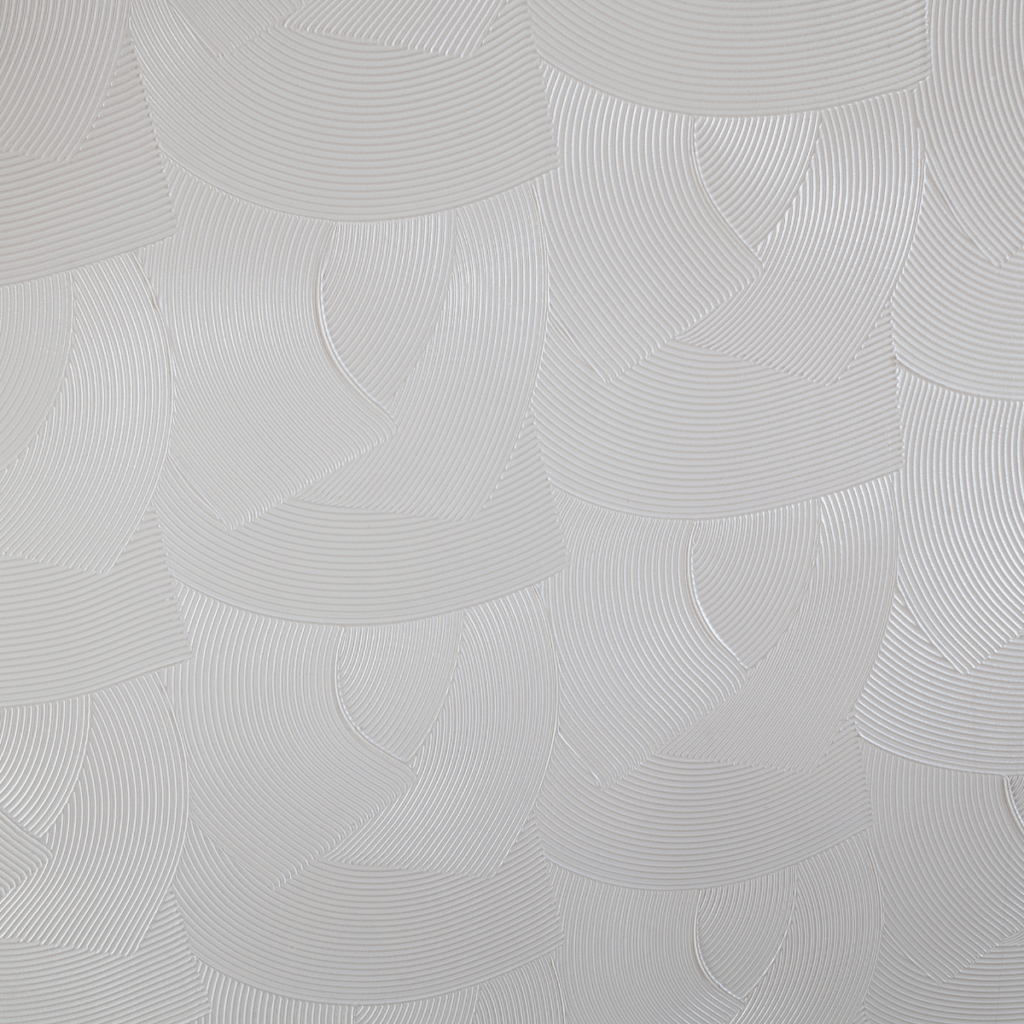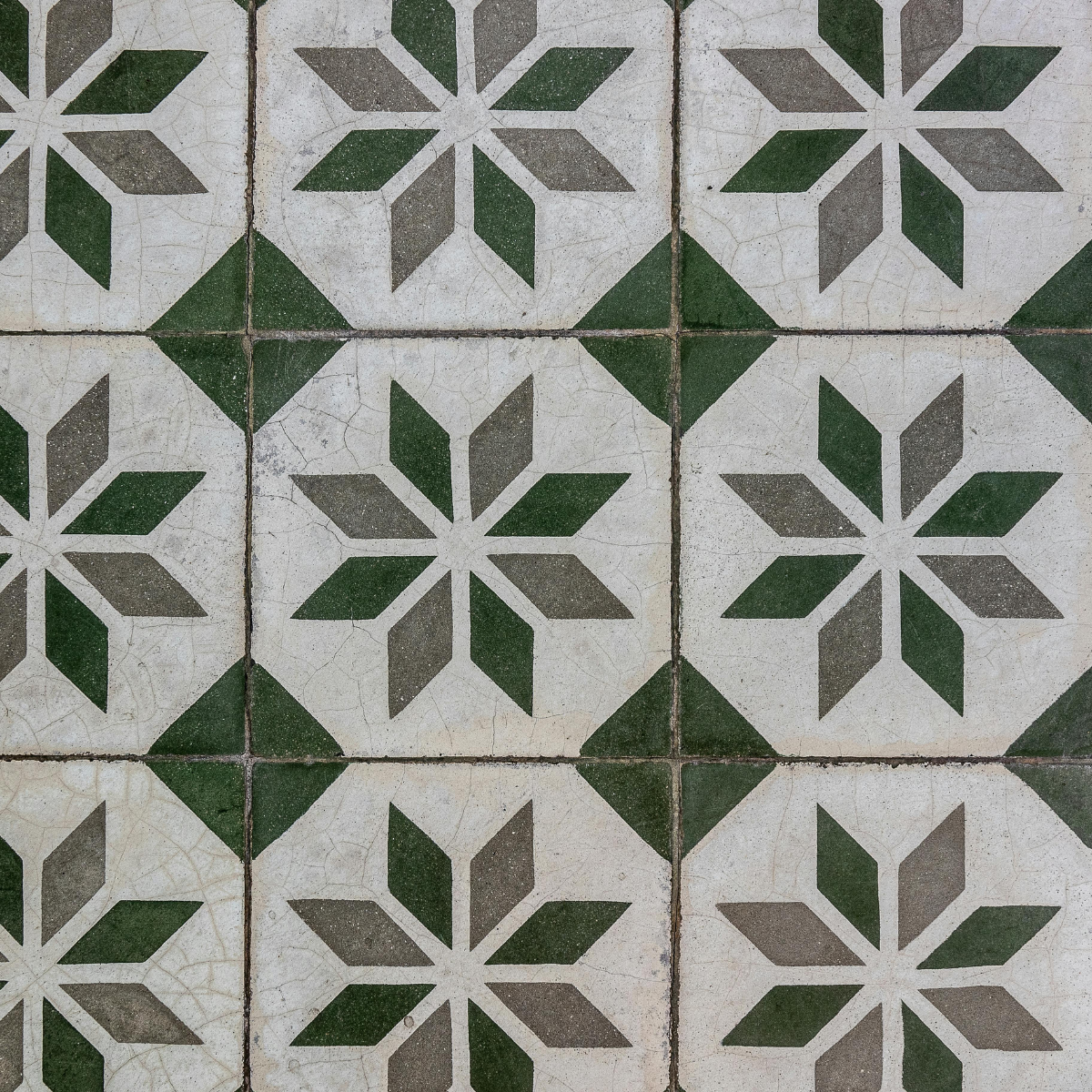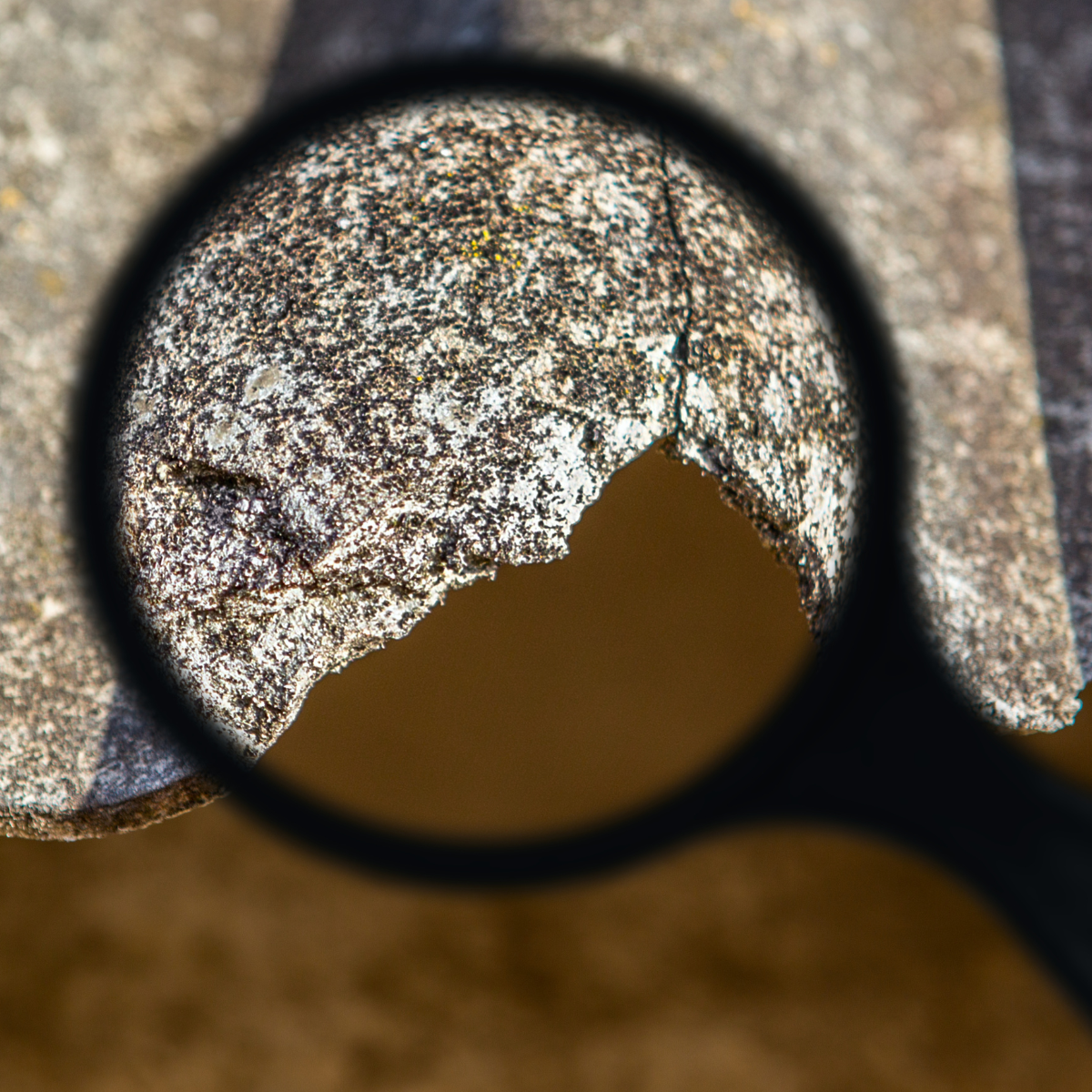Once the retro favourite of 1970s and 80s homes, Artex ceilings were all the rage for their swirly, textured look. Fast-forward a few decades, and they’re not quite as trendy—mostly because many of them might contain asbestos.
Yes, that decorative swirl above your head could be hiding something far more serious than dated taste.



So… was asbestos actually used in Artex?
Short answer: yes.
Between the 1960s and 1980s, asbestos was commonly added to Artex to make it stronger and fire-resistant. It wasn’t until 1999 that the UK fully banned the use of asbestos in building materials—meaning if your property was built or decorated before then, there’s a chance that textured coating might be contaminated.
But don’t panic. If it’s in good condition and left alone, it might not pose an immediate risk. The danger comes when it’s damaged, sanded, drilled, or scraped during renovations or repairs—this is when deadly asbestos fibres can be released into the air.
The Big Renovation Mistake
Here’s the real kicker: many homeowners (and unfortunately, even some tradespeople) don’t realise that Artex may contain asbestos.
At WestCross, we’ve had more than our fair share of cases where eager decorators or builders went in with scrapers and sanders before checking what they were dealing with. The result? Contaminated dust, exposed fibres, and entire families having to evacuate while we step in to safely decontaminate the space.
Moral of the story? Don’t assume it’s just old plaster. Always get a survey.
How to Know if Your Artex Ceiling Contains Asbestos
Unfortunately, you can’t tell just by looking at it. That’s why an asbestos survey is essential before any work begins. Our licensed surveyors take a small sample and test it in an accredited lab, giving you a definitive answer—so you’re not playing DIY roulette with your health.
Can You Remove Artex with Asbestos?
Yes—but only safely and professionally. Removal must be carried out by trained asbestos professionals like WestCross, using specialist equipment and strict safety procedures. Trying to DIY it is like trying to diffuse a bomb with a butter knife—don’t.
Final Thoughts
If you’ve got an Artex ceiling and you’re planning any kind of renovation, pause before you pick up the steamer or scraper. Book a survey, check what you’re dealing with, and protect your home, family, and peace of mind.
Because textured ceilings are one thing. Asbestos exposure is another.
Frequently Asked Questions About Artex & Asbestos
1. How do I know if my Artex ceiling contains asbestos?
The only way to know for sure is through professional testing. WestCross offers asbestos surveys that include sampling and lab analysis.
2. Is it safe to paint over an Artex ceiling with asbestos?
While painting over it can encapsulate the material short-term, it doesn’t remove the risk. Any future disturbance could release fibres.
3. Can I remove an Artex ceiling with asbestos myself?
Absolutely not. This must be handled by licensed asbestos removal experts to avoid serious health risks and legal consequences.
4. What happens if asbestos in Artex is disturbed?
Disturbing asbestos releases microscopic fibres into the air, which can cause lung diseases if inhaled. Professional containment and clean-up is essential.
5. What does asbestos removal from Artex ceilings cost?
Costs vary depending on the size and condition of the ceiling. Contact WestCross for a free, no-obligation quote.
Not sure what’s lurking on your ceiling? Don’t guess—get it tested. Contact WestCross today for professional Artex asbestos surveys and safe removal.







